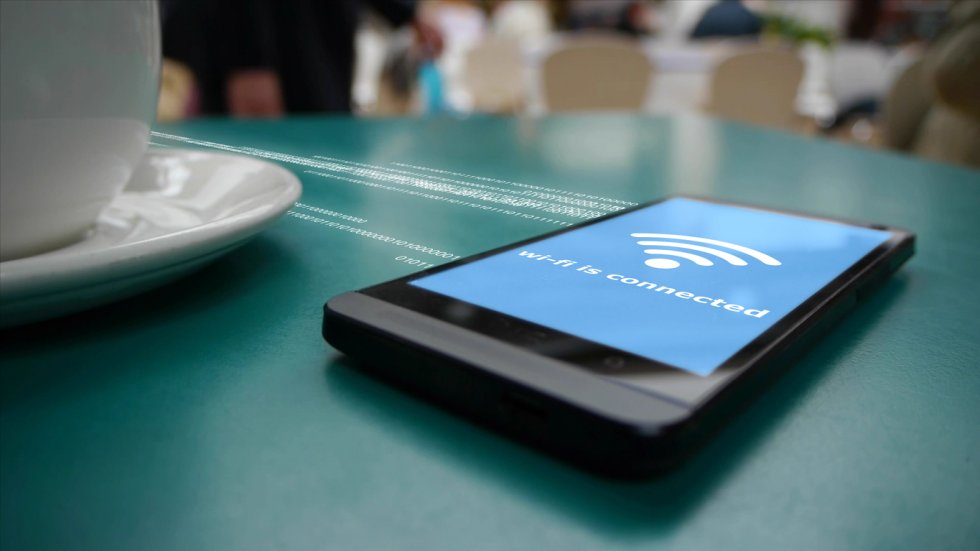Everything to Know About Geofencing

Imagine if you could digitally track your customers’ offline behaviors in addition to their online ones. It might sound too good to be true, but modern mobile technology makes it possible. With geofencing, marketers can target and track customers’ visits to or through specific locations: just like it sounds, the technology lets you set a virtual fence around an area to collect data from. Geofencing marketing allows businesses to track areas of many different sizes: specific addresses, postal code, city, state, business category/chain or even media market.
There are two main types of geofencing: tracking locations in real time or over a history. Historical geofencing can provide you with a bird’s-eye view of customers’ past behavior to find patterns or understand the customer journey (for example, how often they visit a store or what season they visit most). Real-time geofencing advertising powers real-time bidding, which lets you push out targeted offers and ads relevant to the user’s location.
Benefits to Geofencing Marketing
Geofencing marketing can provide powerful insights on how, when and why customers visit your business or competition. Geofencing examples and insights include  segmenting your customer base to better target them with in-person shopping deals. This might include identifying regulars to your store versus those who haven’t visited in the past few months. Having access to offline behavior like a path through specific locations is a powerful tool to add to a marketer’s arsenal. Another benefit of geofencing is the ability to retarget customers based on those segments.
segmenting your customer base to better target them with in-person shopping deals. This might include identifying regulars to your store versus those who haven’t visited in the past few months. Having access to offline behavior like a path through specific locations is a powerful tool to add to a marketer’s arsenal. Another benefit of geofencing is the ability to retarget customers based on those segments.
One of the sneakier benefits to geofencing is gaining competitive intelligence. This is because you can set any location to track customer location data. This includes tracking when your customers visit your competition. Do they visit them more than you? When are they going, and how long do they spend there? This can further provide insight on how you can better attract and lure them back to your business. An example of how you might target them is with a pointed survey to discover why they’re taking their business elsewhere.
Geofencing Advertising Use Cases
In addition to using geofencing to segment users and gain competitive intelligence, the technology can be a great way to nurture leads through location-targeted content. For example, a travel company might push out information about a city’s top places to visit the moment a customer has arrived off their flight.
 Another idea is to improve in-store customer experience. For example, you might track a customer’s path from aisle to aisle and offer coupons related to the products the customer will find along the way. When shoppers visit your store to pick up an online purchase, you might also offer deals to cross-sell when they arrive.
Another idea is to improve in-store customer experience. For example, you might track a customer’s path from aisle to aisle and offer coupons related to the products the customer will find along the way. When shoppers visit your store to pick up an online purchase, you might also offer deals to cross-sell when they arrive.
There are plenty of other ways to provide location-targeted deals. One of the primary geofencing examples is identifying regular customers and incentivizing them with rewards. And speaking of deals, you can use geofencing to determine how many people visit your store to redeem coupons, helping you measure their ROI. If extending your geofence beyond just the walls of the store—perhaps a few city blocks’ radius around it—you can use geofencing advertising to entice passersby into the store.
Finally, geofencing can also help you target customers elsewhere when they make a purchase related to your offerings. For example, a bakery might alert customers of their homemade dog treats when a customer has visited a pet supply shop. This allows businesses to better enhance their sales, even when a customer hasn’t visited their store.
Best Practices for Geofencing Marketing
When tracking customer location, it’s absolutely essential that you’re transparent about how, when and why you’re doing so. Not only is this a privacy concern, but customers must opt-in to location tracking when they open your app. Today’s consumers are privacy focused; if they’re not given a reason why they should hand over their data, they won’t—so it pays to be transparent and to make a value proposition about how they will benefit from geofencing.
Second, allow customers the ability to revoke location access. This is most essential to European markets that are subject to GDPR regulations, but much like the note above, you can go a long way by harboring trust with your shoppers. If there’s no way to revoke location access in the app, customers will have to go out of the way to do so in their phone settings, which can leave a bad taste in their mouth.
Finally, only use cellular and wifi networks to geofence with your app. Using GPS will eat away at customers’ batteries quickly, which will ultimately prompt them to turn off location access or uninstall the app altogether. Both scenarios are a big loss to your data capabilities, so stick to networks that don’t impede customer experience. Remember, geofencing is about enhancing the customer experience by providing them with relevant content and deals tailored to their needs.